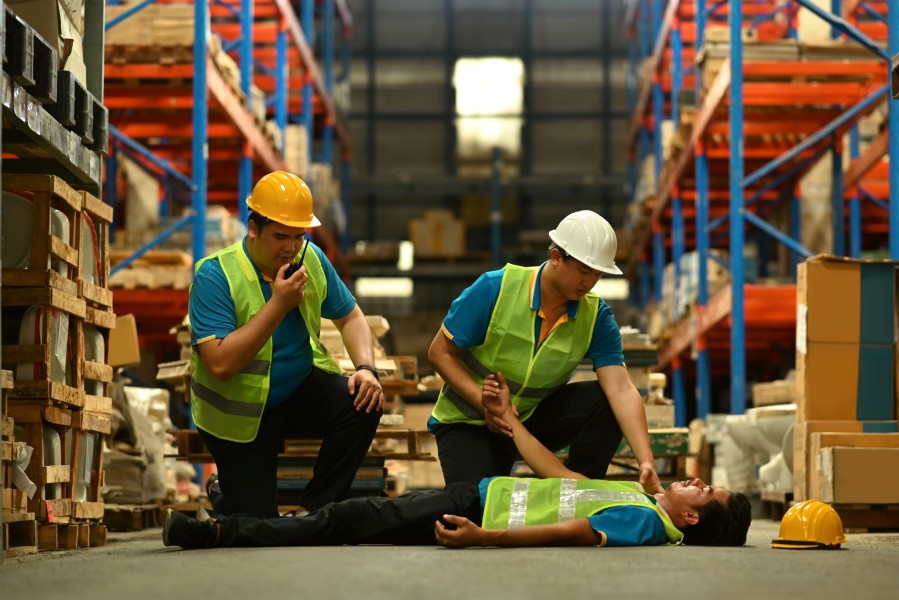Emergencies in the workplace can arise unexpectedly and pose significant risks to the safety and well-being of employees. The Occupational Safety and Health Administration (OSHA) reports that the most common workplace injury for construction workers is falling. But there are other emergencies including natural disasters and human-made incidents like fires, chemical spills, or workplace violence that need to be considered. According to OSHA, employers are required to provide a safe working environment and develop emergency action plans to address potential hazards (OSHA, n.d.). Proper emergency planning and preparedness can help minimize injuries and fatalities, as well as mitigate property damage.
A study by Steenland et al. (2018) found that workplaces with well-developed emergency plans had significantly lower injury rates and higher employee satisfaction levels compared to those without such plans. Additionally, implementing effective emergency communication systems, training employees on emergency procedures, and conducting regular drills can improve response times and overall safety (American Red Cross, 2020). By prioritizing emergency preparedness and fostering a culture of safety, organizations can better protect their workforce and mitigate the potential impact of emergencies in the workplace.
The National Safety Council has designated the first week in June as Emergency Preparedness Week. We at VOS Systems, along with our line of products including CoRe, Scout and our newest line, the Safety Beacon, can help you be prepared for emergencies with fall detection, configurable alerts, SOS button, and much more.
Contact us at sales@vosiq.com for more information.
…
References:
American Red Cross. (2020). Emergency Preparedness in the Workplace. Retrieved from https://www.redcross.org/get-help/how-to-prepare-for-emergencies/workplace-and-occupational-safety.html
Occupational Safety and Health Administration. (n.d.). Emergency Action Plans. Retrieved from https://www.osha.gov/SLTC/etools/evacuation/eap.html
Steenland, K., Burnett, C. A., Lalich, N., Ward, E., Hurrell, J. J., & Dying to Work Research Group. (2018). Occupational exposures and autoimmune-related diseases. AIHA Journal, 59(8), 481-492. doi:10.1080/15428118.1998.10409309





